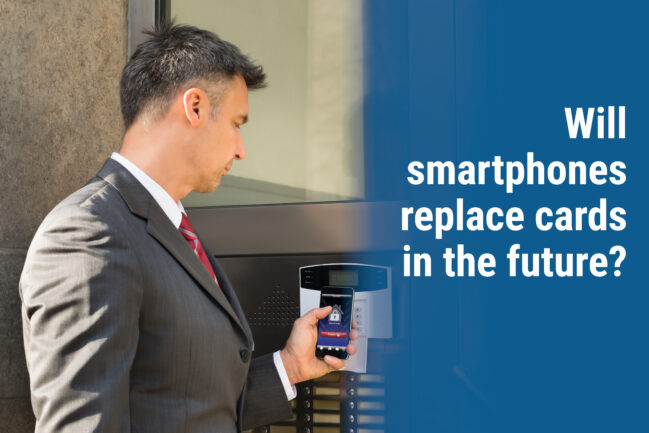In 2023, smartphones are everywhere.
From catching up on emails during the daily commute to watching videos at lunchtime to buying a new pair of shoes in seconds, the humble smartphone lets users do it all.
As a result, digital payment methods such as Apple Pay and Google Pay have gained traction, with several users ditching their bank cards and relying solely on their digital wallet. New research shows that some adults have become so reliant on digital payment methods such as Apple Pay that not only have they lost their bank cards – no, they’ve gone one step further and have even forgotten their PIN numbers.
“I rarely carry my card with me anymore. I just use Apple Pay to pay for my train tickets, my lunch, my weekly shopping – everything. The only time I ever carry my card with me is if I need to withdraw cash, but that’s a rare occurrence. Paying with my phone is so easy. I can’t remember a time when I didn’t use my phone to pay for things.”
But it doesn’t stop at payments – no, today’s digital wallet extends well beyond this.
Taking advantage of the humble smartphone
Several companies are now rolling out mobile ID cards, allowing staff and students to simply tap their phones and enter their buildings. In the same way that Apple Pay provides ease, comfort and convenience, mobile IDs (also known as mobile access) make life easy for the user.
Where some may say accessing a building with a phone is a thing of the future, we say this:
This is the future.
While some companies debate about whether mobile access is made for the future, several forward-thinking organisations have acknowledged the need for convenience and have already implemented a mobile access system in their organisation.
Here’s why mobile access makes sense:
- People are already carrying their smartphones.
- Users are much less likely to forget their smartphones at home than their ID cards.
- Users can pay for their train ticket, access the building and check their emails all from one device.
- Less plastic usage results in increased sustainability.
Mobile access extends the capabilities of the humble smartphone and integrates the device into real-life situations. You can find more benefits of mobile access here.
We suggest the best option is to use two-factor authentication, with mobile access granting individuals access to the building, and a photo ID card providing a measure of instant visual security, allowing managers to carry out spot checks to verify the identity of individuals.
Switch to mobile access today
Smartphones are making life easy for hundreds and thousands of individuals, every day. So why not take advantage of the benefits on offer?
And if mobile access sounds like too much hassle – don’t worry, integration is seamless and, with our help, stress-free.
As the UK’s leading ID card provider, we’ve helped over 25,000 companies choose the best ID and access control solutions for their requirements. We’d love to help you, too.
Get in touch on 0800 988 2095 or at sales@digitalid.co.uk to speak to one of our experts today.
Our experts will be happy to discuss your ID and access needs with you to help decide if mobile access is a good fit.
We look forward to hearing from you.

